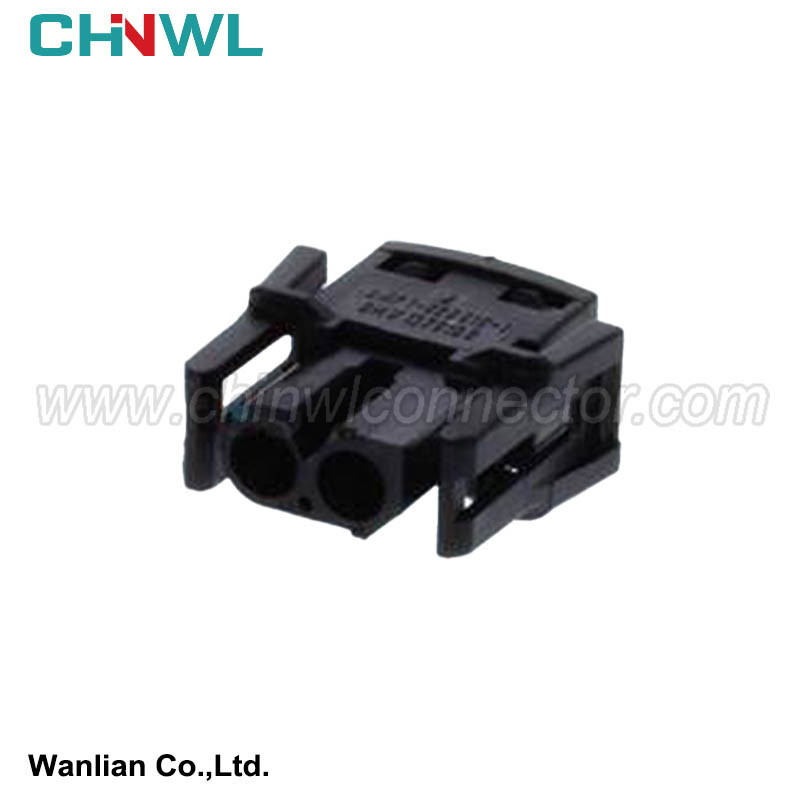

Wanlian #: WL025X1-2.5-21
Mfr. #: 1-828816-1
|
Wanlian part number: |
|
WL025X1-2.5-21 |
|
Original number: |
|
1-828816-1 |
|
Gender: |
|
Female |
|
Specification: |
|
Housing: PBT+G; PA66+GF; PA66; PBT; Nylon |
|
Type: |
|
Connector |
|
TUV, TS16949, ISO14001, ISO 9001, RoHS conform: |
|
Yes |
|
MOQ: |
|
No minimum order quantity |
|
Supply sample: |
|
Yes |
|
Customized drawing with Decal, Frosted, Print are available as request |
|
Yes |
|
Payment method: |
|
We accept Paypal, TT, Alipay, West Union etc. |
|
Transportation method: |
|
Air Transport: UPS, DHL, FEDEX etc; Sea Transport; Railway Transport; Freight Forwarding etc. |
|
Production Capacity: |
|
1000000pieces/Month |

Fuse Type Selection
We are familiar with the different classifications of fuses in the previous article. Next, Scattered (WeChat: mxq8329) will introduce how to choose the type of fuse/fuses.
To select the type of fuse, generally, the load type is determined first, and the fast-acting fuse or slow-acting fuse is selected according to the load type. After determining the type of fuse, according to the actual use situation, such as the installation environment, the existing fuse material system, Choose the appropriate fuse model based on the required fuse capacity, etc.
1) Determination of load type
Loads include continuous loads, intermittent loads and special loads.
Continuous load: A load in which current flows continuously from the moment the switch is turned on until it is turned off is called a continuous load.
Intermittent load: After the switch is turned on, when the hand is released or it is automatically turned off after a period of time, the load that only flows current for a short time during operation is called intermittent load.
Special loads: loads other than continuous loads and intermittent loads, such as fog lights and turn signals.
The load current curves corresponding to continuous load and intermittent load are shown in the figure below.
2) Determination of fuse type
The determination of the fuse type is determined according to the load type and the size of the load current.
When choosing fast-blow fuses
Resistive loads are generally continuous loads, and fast-acting fuses are usually used, such as various control modules, lighting systems, etc.
For motor-type inductive loads, if the fusing time exceeds the peak current time of the load, you can choose a fast-acting fuse, and if it cannot meet the requirements, you must choose a slow-acting fuse.
When the load is a small current load (within 20A), choose a fast-acting fuse.
When the load is a short-time pulse current load, choose a fast-acting fuse.
Mini fuses are commonly used for fast-acting fuses, and their specifications are 2~30A, which are suitable for loads with a current of no more than 30A, such as internal and external lamps, airbags, etc.
The case of choosing a slow-blow fuse
Generally speaking, inductive loads such as motors and valves use slow-melt fuses.
When the load is a large current load (above 20A), choose a slow-blow fuse, such as after defrosting;
Slow-blow fuses are used for long-term pulse loads, such as motor loads such as glass lift motors;
When there is a lock current load, choose slow blow insurance, such as wiper motor, door lock motor, electric seat and other loads;
Slow-blow fuses commonly used JCASE fuses, MIDI fuses and Mega fuses;
Simple instructions:
We have product Catalogue,please contact us on skype,WhatsApp or Email.
If you can't find a product on our website or catalog, We deal with over 10,000 items, our catalog doesn’t cover all products. And we are developing 100+ molds yearly, which means around 10 new products are created in our factory. So don’t go away, just send us your photo or part no, we’ll check for you.